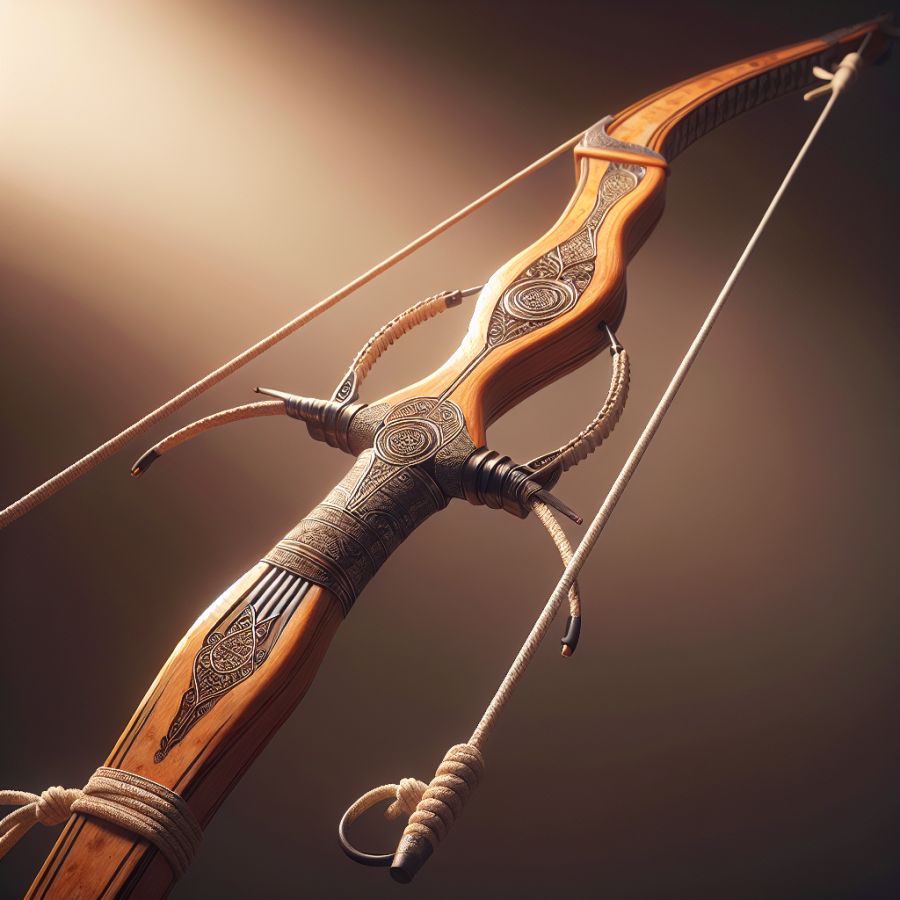Tracing the Ancient Roots of Gungdo: Korea's Traditional Archery Practice
Tracing the Ancient Roots of Gungdo: Korea's Traditional Archery Practice
The art of Gungdo, also known as Korean traditional archery, boasts a rich history that extends back to the early dynastic periods of Korea. Rooted in the necessity of survival, hunting, and warfare, Gungdo evolved into a systematized martial practice that was not only integral to military training but also became a crucial aspect of scholarly and aristocratic life.
The origins of Gungdo can be traced to the times of the earliest Korean kingdoms—Goguryeo, Baekje, and Silla, collectively known as the Three Kingdoms of Korea. Warriors who practiced Gungdo, much like the famed archers of the Mongolian steppes, were renowned for their mounted archery skills. In these times, archery was a paramount martial skill, indispensable on the battlefield.
During the Goryeo dynasty, which succeeded the Three Kingdoms, Gungdo flourished as a ceremonial and competitive practice. It was a period when archery contests became a customary part of royal and aristocratic culture. The military examinations of the Goryeo era included rigorous tests of archery prowess, emphasizing its importance in training and selecting officials who could defend the realm.
The ascension of the Joseon dynasty solidified Gungdo's position in Korean society, integrating Confucian principles into its practice. The Confucian emphasis on moral discipline and self-cultivation aligned seamlessly with the tenets of martial arts, transforming Gungdo into a medium for personal development as much as a method of combat. During this period, manuals were written to guide the practice of Gungdo, codifying its techniques and philosophies to ensure their preservation and transmission through generations.
One of the most significant historical records on Korean archery is the 'Jukjangchang-Song,' a lengthy poem that details the vivid descriptions of archery ranges, equipment, and shooting techniques. Another notable manuscript, the 'Muyejebo', was written under King Jeongjo's reign and illustrated the composite reflex bow's importance in Gungdo—a style of bow revered for its power and accuracy.
In the Joseon dynasty, rules and regulations for archery were standardized, and archery fields known as 'joseonjang' were constructed across the country, where both martial and civil officials were expected to practice regularly.
Read also:
Dribbling to Glory: The Rise of Paralympic Football
Honing Mind and Body Through Gungdo: The Techniques and Philosophy Behind Korean Archery
Gungdo, also known as Korean traditional archery, is not just a physical discipline but a confluence of mental fortitude and spiritual depth. The journey of mastering Gungdo extends beyond the bow and arrow, into the realms of mental clarity and bodily control. Here we delve into the intricacies of Gungdo's techniques that shape both the mind and the body, as well as the philosophical undercurrents that make this martial art a way of life for its practitioners.
**The Stance and Posture: The Foundation of Gungdo**
One of the pillars of Gungdo is the adoption of proper stance and posture. The archer's stance, or jase, is designed to provide a stable platform for shooting. This requires the feet to be shoulder-width apart, with the body aligned perpendicularly to the target. Balance and weight distribution are key, as they affect not only the shot's accuracy but also the archer's ability to remain consistent over time. Mastery of stance in Gungdo transcends the immediate moment of releasing the arrow, reinforcing a sense of groundedness and control that benefits the archer's daily activities.
**Drawing the Bow: A Symbiosis of Strength and Finesse**
Drawing the bow in Gungdo, or gung-gi, is a meditative process that demands both power and grace. Unlike modern archery, which often uses mechanical aids, Gungdo archers use a thumb draw technique that requires strength, flexibility, and precision. As the archer draws the bowstring back, they must maintain a harmonic tension—a concept known as honeul in Korean—between their body and the bow. This process heightens the archer's awareness of their own physicality, emphasizing the importance of controlled, deliberate movements in achieving desired outcomes.
**Breathing: The Rhythm of Focus and Release**
Breath control in Gungdo is crucial. Known as hoheup, it guides the archer in finding the right moment for releasing the arrow. Inhaling and exhaling are synchronized with the archer's movements, creating a rhythm that steadies the hand and calms the mind. The breath becomes the archer's internal metronome, ensuring that each shot is not only physically, but also spiritually aligned. This controlled breathing is a practice that extends well beyond archery, fostering tranquility in the face of life's various challenges.




